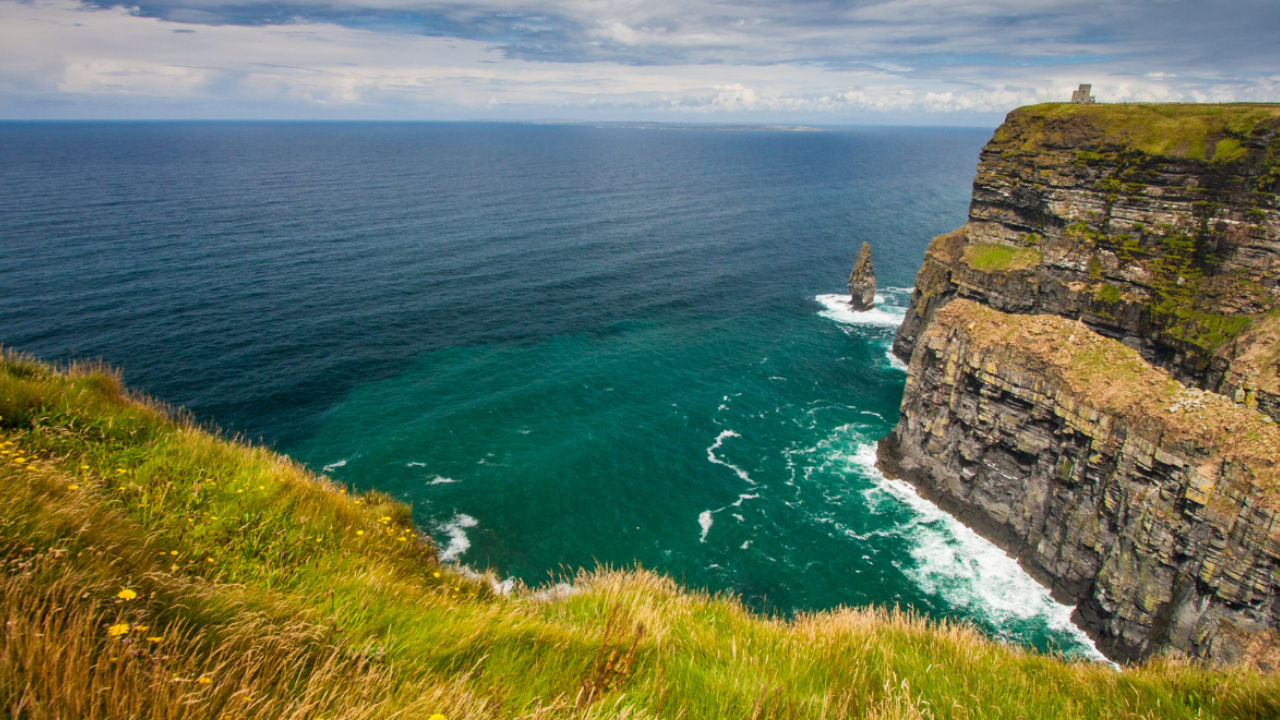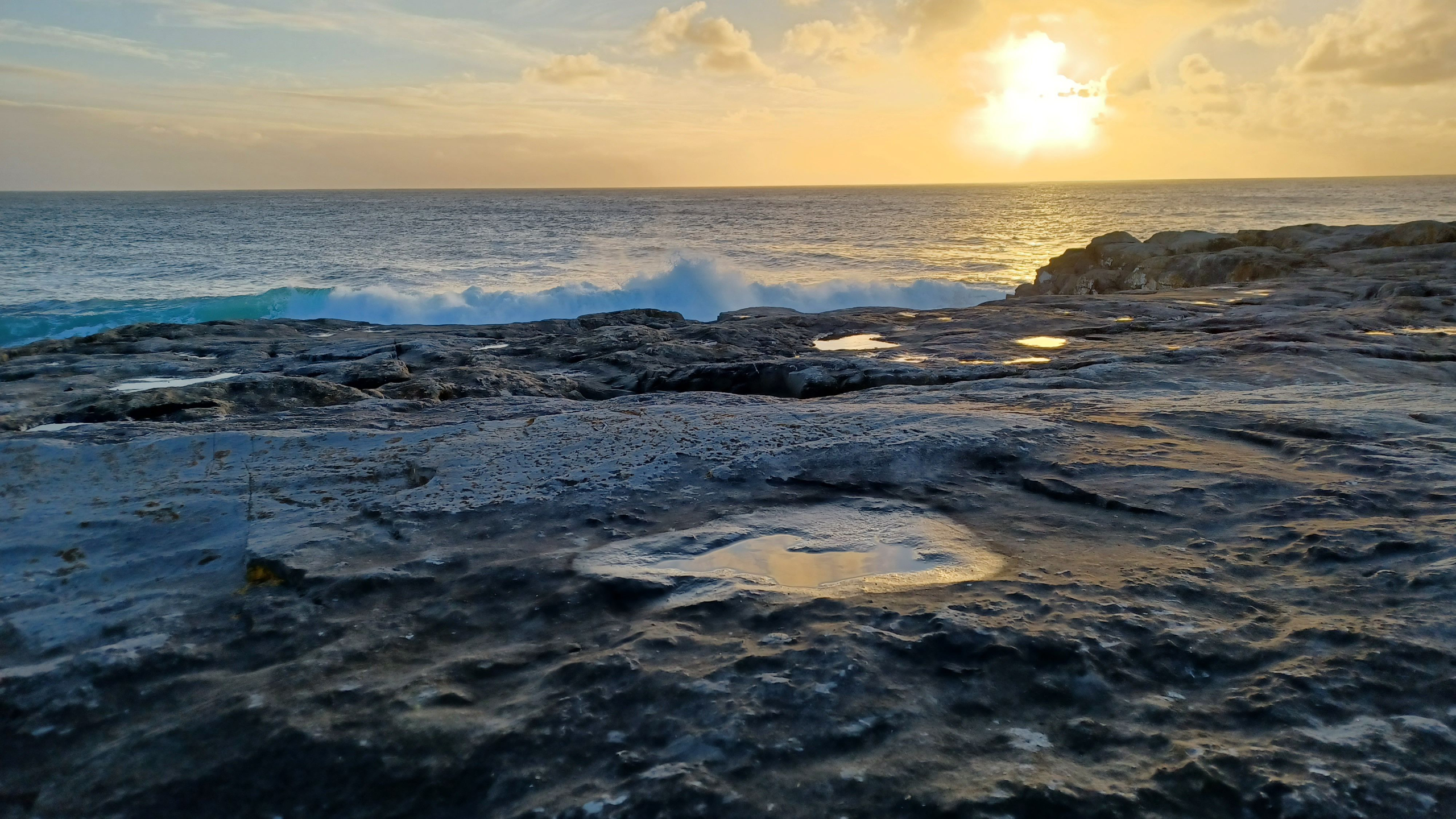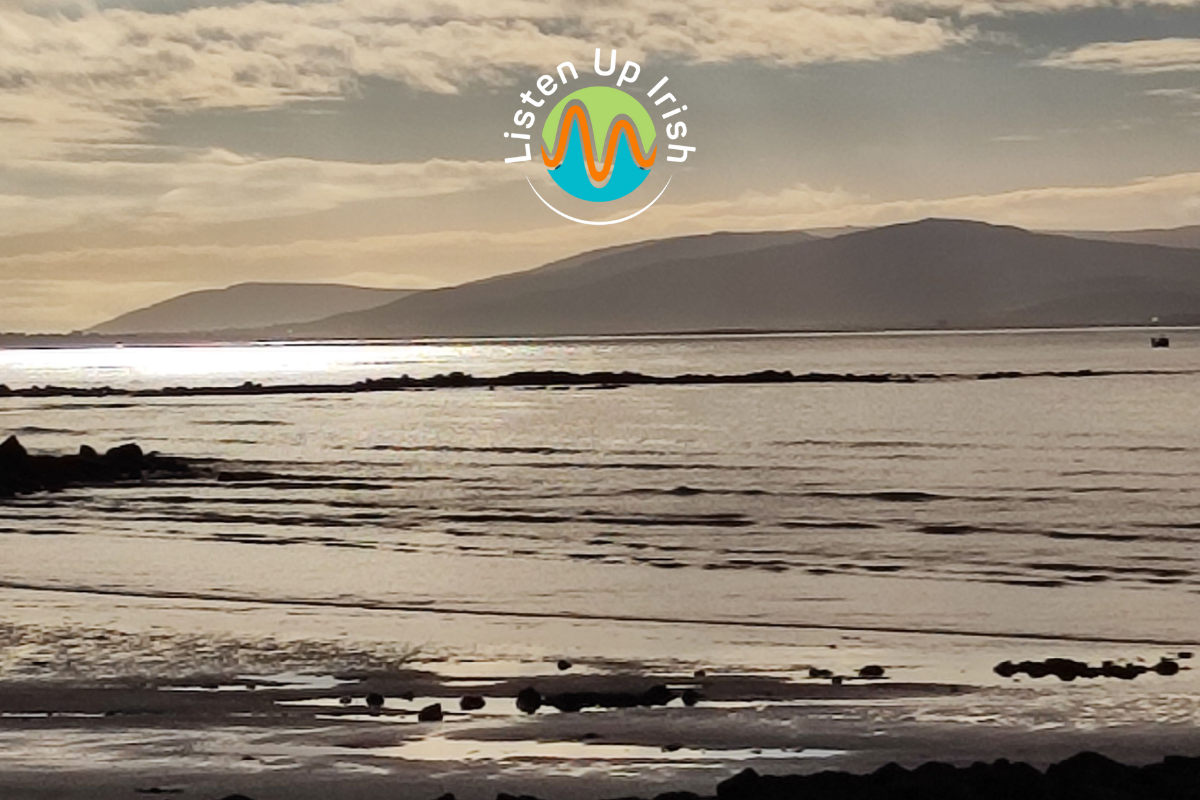Good, better, best!
Watch the short video above for an outline of how to make the comparative and superlative forms of the adjective in Irish. Test your knowledge with the questions at the bottom of this post. Read the summary below for a quick recap, or skip right to the bottom for the questions.
Adjectives in Irish fall into one of three groups as follows:
Group 1
Adjectives in this group end on a consonant, (apart from adjectives which end in 'úil'). Some examples include: gorm / dearg / deas / saibhir
To make the comparative and superlative forms add the letter 'e' to the end of the adjective. Don't forget that this may trigger other spelling changes in order to comply with the 'caol le caol agus leathan le leathan rule'. (Slender with slender and broad with broad: this is an important rule of Irish spelling. Simply put, consonants must be flanked by vowels of the same type. The slender vowels are 'i' and 'e'. Therefore, if the last letter of a word is 'e' then the last vowel before it must also be slender. Notice that 'ea' is replaced by 'i'.)

Group 2
Adjectives in this group end in 'úil'. There are also a few adjectives which end in 'ir'. (Note, therefore that an adjective ending in 'ir' could belong to either group 1 or group 2).
Some examples include: suimiúil / deacair / dathúil / éirimiúil
To make the comparative and superlative forms add the letter 'a' to the end of the adjective. Again this will trigger other spelling changes in order to comply with the 'caol le caol agus leathan le leathan rule'.

Group 3
Adjectives in this group end on a vowel.
Some examples include: cróga / crua / buí / sásta
Dea-scéala faoin ngrúpa seo / Good news about this group :-)
The comparative and superlative forms are exactly the same as the basic form of the adjective.

Eisceachtaí / Exceptions!
There are always some exceptions in Irish!
The following 9 adjectives don't fall into any one of the three groups, and don't follow any pattern to form the comparative and superlative forms. It's worthwhile trying to remember the most commonly used ones.

Bain triail as / Test yourself
Translate the following sentences into Irish. If you don't know every word in the sentence, ná bí buartha, no worries. The main goal is to try to get the adjective in the sentence right. The answers are below the picture.
- Is that the biggest hat in the shop?
- My car is better than his car
- Máire is funnier than Bríd (greannmhar)
- Seán is cleverer than Tomás (cliste)
- Síle is younger than Siobhán (óg)
- Seán is older than Peadar (sean)
- This question is more difficult than that question (deacair)
- The dog is fatter than the cat (ramhar)
- This book is thinner than that book (tanaí)
- The weather was better yesterday

Freagraí / Answers
- An é sin an hata is mó sa siopa?
- Tá mo charr níos fearr ná a charr
- Tá Máire níos greannmhaire ná Bríd
- Tá Seán níos cliste ná Tomás
- Tá Síle níos óige ná Siobhán
- Tá Seán níos sine ná Peadar
- Tá an cheist seo níos deacra ná an cheist sin
- Tá an madra níos raimhre ná an cat
- Tá an leabhar seo níos tanaí ná an leabhar sin
- Bhí an aimsir níos fearr inné




